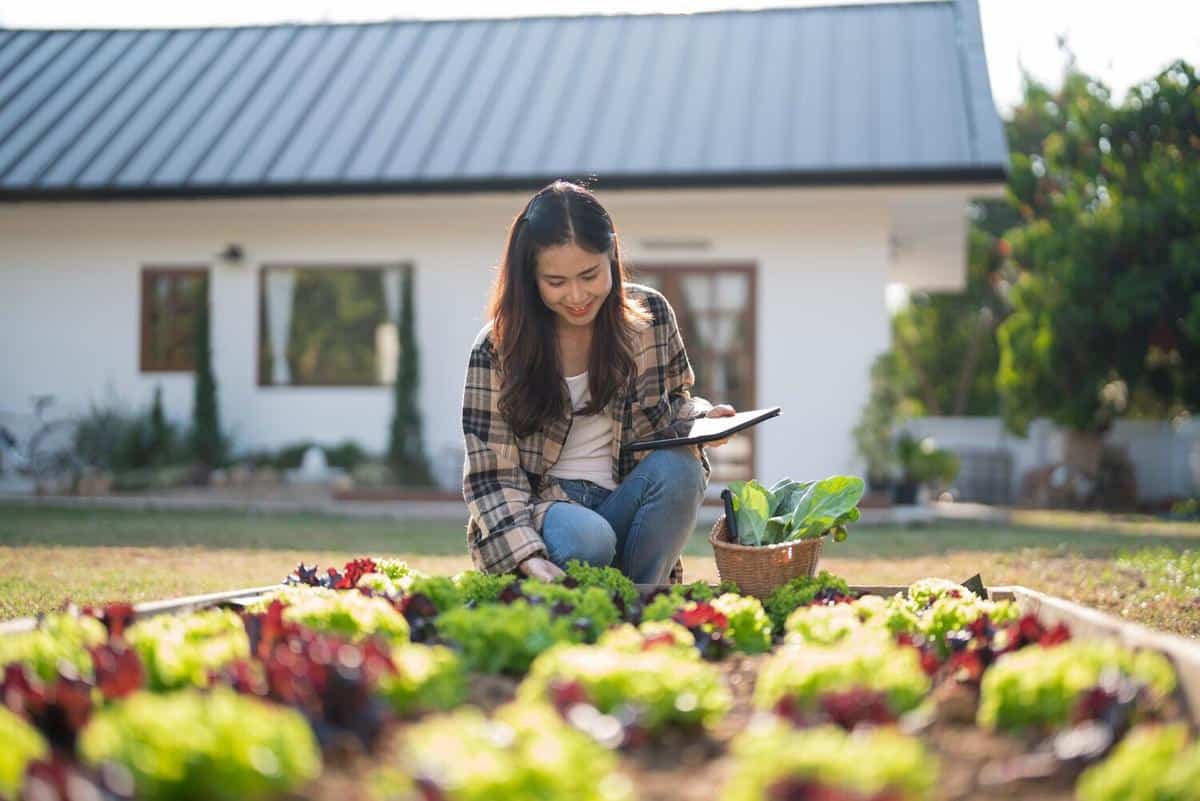
From Garden to Table: Growing Your Own Plant-Based Foods
Imagine stepping outside your door and picking fresh vegetables and herbs for dinner, knowing exactly where your food comes from and how it was grown. This is the reality for many who choose to grow their own plant-based foods, embracing a lifestyle that is both rewarding and sustainable.
The Rise of Home Gardening
With a growing awareness of healthy eating and sustainability, more people are turning to home gardening as a way to enhance their plant-based diets. According to a survey by the National Gardening Association, the number of households growing their own food has increased by 17% over the past five years.
Expert Insights
Dr. Elaine Ingham, a renowned soil biologist, emphasizes, “Home gardening not only provides fresh produce but also improves soil health, leading to more nutritious plants.” Her insight highlights the dual benefits of growing your own food: personal health and environmental sustainability.
Benefits of Growing Your Own Food
- Freshness: Homegrown produce often tastes better and is more nutritious because it’s harvested at peak ripeness.
- Cost-Effective: Growing your own vegetables can significantly reduce grocery bills.
- Environmental Impact: Reducing the need for transportation and packaging helps decrease your carbon footprint.
Steps to Start Your Garden
- Choose Your Plants: Start with easy-to-grow options like tomatoes, lettuce, and herbs.
- Prepare Your Space: Whether you have a backyard or a sunny windowsill, ensure your plants get ample sunlight.
- Get the Right Soil: Use a quality potting mix or enrich your garden soil with compost.
- Water Wisely: Consistent watering is key, but avoid overwatering by checking soil moisture regularly.
Personal Experience
John, a dedicated home gardener, shares, “Starting my garden was one of the best decisions I’ve made. Not only do I enjoy fresh produce, but the process itself is incredibly therapeutic.” His experience echoes the sentiments of many who find joy and fulfillment in gardening.
Comparing Plant Varieties
| Plant | Growing Difficulty | Time to Harvest | Light Requirements |
|---|---|---|---|
| Tomatoes | Moderate | 60-80 days | Full Sun |
| Lettuce | Easy | 30-45 days | Partial Shade |
| Carrots | Moderate | 70-80 days | Full Sun |
| Herbs (Basil) | Easy | 50-60 days | Full Sun |
| Peppers | Moderate | 60-90 days | Full Sun |
| Spinach | Easy | 30-40 days | Partial Shade |
| Radishes | Easy | 20-30 days | Full Sun |
| Beans | Easy | 50-60 days | Full Sun |
FAQs
How much space do I need to start a garden?
Even a small balcony or windowsill can accommodate a few pots of herbs or salad greens.
What are the easiest vegetables to grow for beginners?
Lettuce, radishes, and herbs like basil and mint are great for beginners.
How often should I water my plants?
Most plants need watering once a week, but it’s important to check the soil moisture regularly.
Conclusion: Start Your Garden Journey Today
Growing your own plant-based foods is a fulfilling way to enhance your diet and contribute to a sustainable lifestyle. With the benefits of freshness, cost savings, and environmental impact, it’s a rewarding endeavor that anyone can start. So why not take the first step and plant a seed today?


